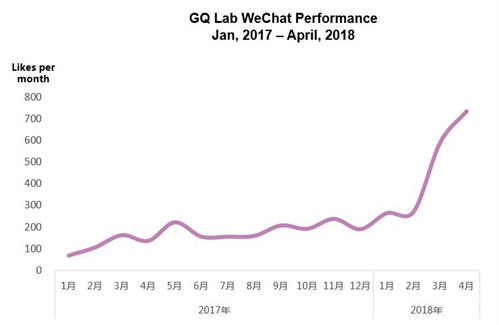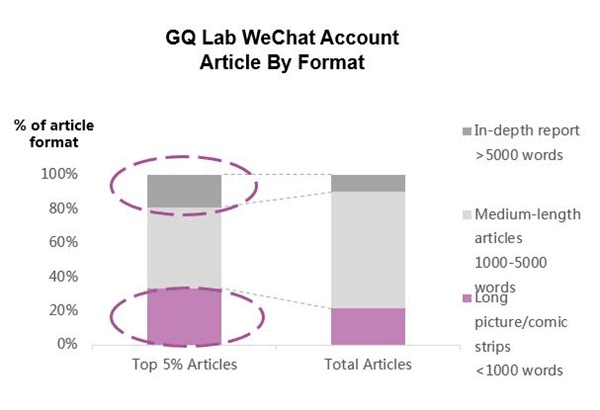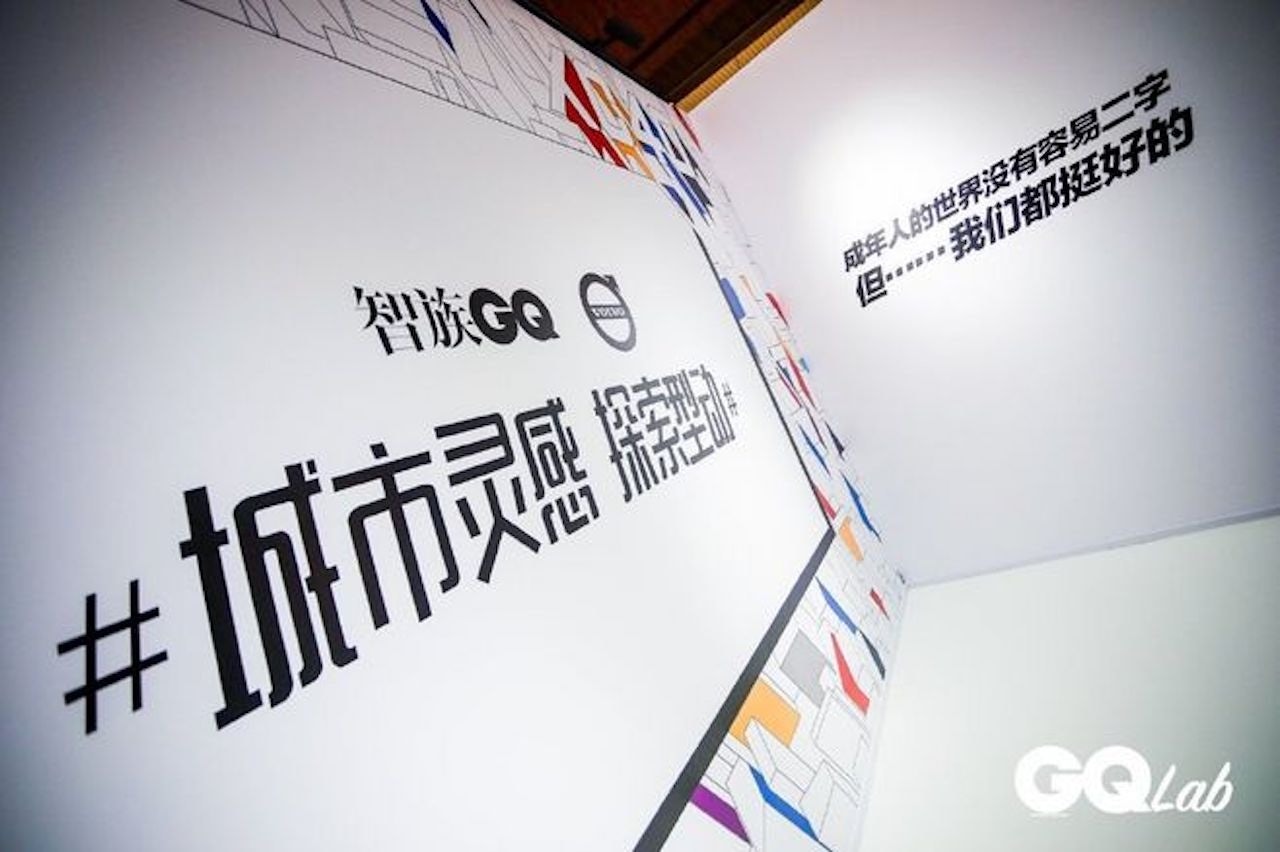GQ Lab, the sponsored content engine of GQ China, proves that it’s not only possible for a traditional fashion publication to exist in today’s digital media world, but it’s also possible to thrive.
In 2018, the WeChat-only account collaborated with over 200 brands, published 280 articles, with nearly $7 million USD (RMB 50 million) in revenue. According to an insider who wishes to remain anonymous, GQ Lab’s advertising revenue has made up close to half of Condé Nast China’s yearly revenue, in essence, becoming the bread and butter of the entire media group. And in the process, GQ Lab’s founder, now Condé Nast China's publisher, Paco Tang has become a god-like figure among advertisers and media insiders in China — his name has become synonymous with success.
GQ Lab frequently collaborates with high profile luxury players, such as Ferragamo, Net-A-Porter, and Ferrari, as well as a wide range of advertisers from Tencent’s WeChat to China Airlines to Volvo. Their most noteworthy collaboration in 2019 was taking over Louis Vuitton’s WeChat and Weibo accounts - GQ Lab produced a post that matched Louis Vuitton sneakers with various millennials' nightlife styles. The post quickly amassed 10,000 page views and attracted a great deal of media buzz, its real-life portrayal and playful tone — a rare move for a luxury brand — has refreshed Louis Vuitton’s imagine in China once again.
So what are the secrets to GQ Lab’s success? Here, we’ve summarized four key elements of its winning approach based on content generated from Chinese media and conversations with industry insiders.
Accurate demographic targeting#
GQ Lab launched around 2014, years beyond the tipping point of the content boom on WeChat in early 2010. “But it had a clear vision from the start on who it wanted to target, which, essentially, was KOLs themselves — people who worked in the media and advertising,” observed Coolio Yang, the CEO of the Media Division of Kantar China. By focusing on the lifestyle of this vocal, niche audience, GQ Lab became celebrated by this group of people, who shared post after post with coworkers and friends, creating an impression that its content had gone viral. By leveraging this network effect, GQ Lab continues to reach a wider audience. Starting with young professionals in first-tier cities, their social influence trickles down to an ever-growing diverse group of more mainstream readers.

According to Condé Nast, GQ Lab now has 2.4 million followers. WeChat agency Newrank wrote that the account has an equal balance of male and female readers in their early 20s and 30s, who are, perhaps, struggling to find their place in the world and seek content that reflects their version of reality.
Comment social issues with comical relief#
Most of GQ Lab’s posts revolve around the societal status struggles among the Chinese middle class. They work with stereotypes, though always with a humorous approach that resonates with mainstream readers. They often use a similar formula of diving into hot button social issues with fictional narratives like “How to Recognize If Your Date Has a Boyfriend or Girlfriend?” or “Confessions from Beijing Residents!” or “Fashion Styles at Tech Companies.” In addition, GQ Lab often cleverly ties in content with sponsored brands, often with an enjoyable plot twist, which helps deepen the impression of the ads.

For example, the topical post “That Night, He Hurt Him” not only went viral, amassed over 2 million page views, it also put GQ Lab on the map, marking it as a top WeChat media account. The post showed two middle-aged men at a bar comparing each other’s social status, from what they drink to how much they make to what they invest in, and finally what type of car they drive. The post, it turns out, was a Mini Cooper advertisement. The post caught the right timing. It was published right after the Chinese New Year, a time when many people were coming back from vacations with friends and family — where being compared and judged in social settings was part of the experience. The post nailed those pain points with comic relief. While a great deal of the media on WeChat was long-form articles or in-depth takes on social issues, GQ Lab tackled these issues with visual-driven, humorous commentary, which was a refreshing take in WeChat’s overly saturated media world.

Build a brand with Conde Nast resources#
Unlike most self-start media brands, where both readers and advertisers need to be gradually built up, GQ Lab had the reputation of GQ China to lean on, which made it easier to build trust among readers and advertisers who were also looking for reputable media outlets to work with. It also had full financial support from its parent company, Condé Nast. While still figuring out the best content approach, GQ Lab built an operational team that included editorial, fan group building, PR, branding, offline events, and merchandise distribution. This has only added to GQ Lab’s IP value and brand impression.
Strict content control#
As GQ Lab’s influence grows, it’s become expensive to work with — a single post can start from about $181,859 (1.3 million RMB) and can go as high as $4 million (30 million RMB). It also has more negotiation power and can be pickier about the type of advertisers they work with and the type of content they can create. But the high price comes with hard work. Each post goes through a rigorous editorial process, including A/B testing from different reader groups to fine-tune the post’s message. GQ Lab positions itself as more of an influencer type of media WeChat account. Its content is lively with vivid tones, and its personality is its greatest asset. Quality control is also important for the brand and has kept a tight rein on not letting advertisers completely dictate its content. While it may not bring direct transnational value like other KOLs, GQ Lab’s attitude and inviting content is what young Chinese consumers crave the most behind their purchases nowadays.
